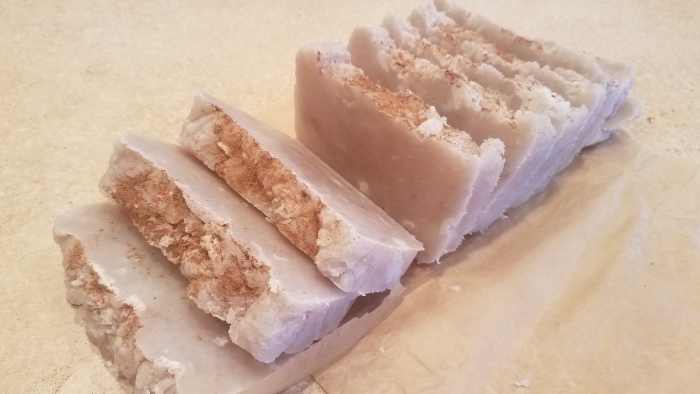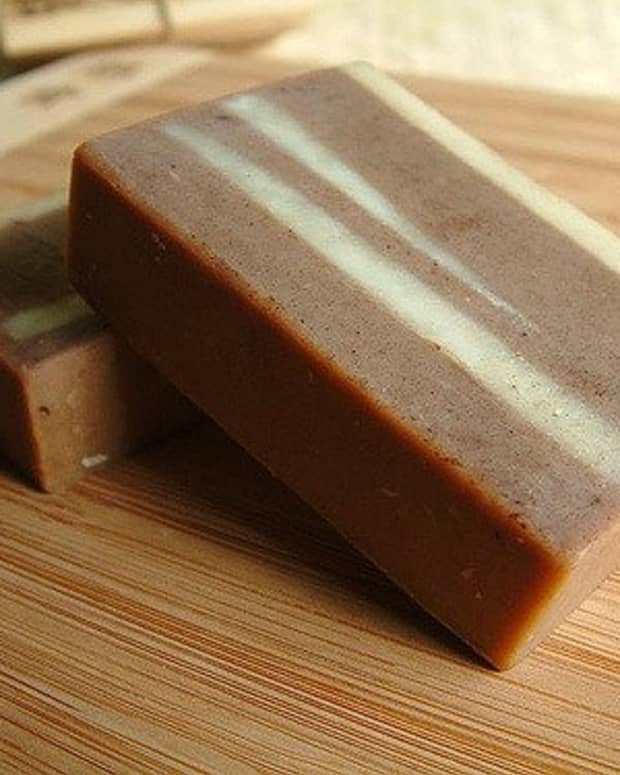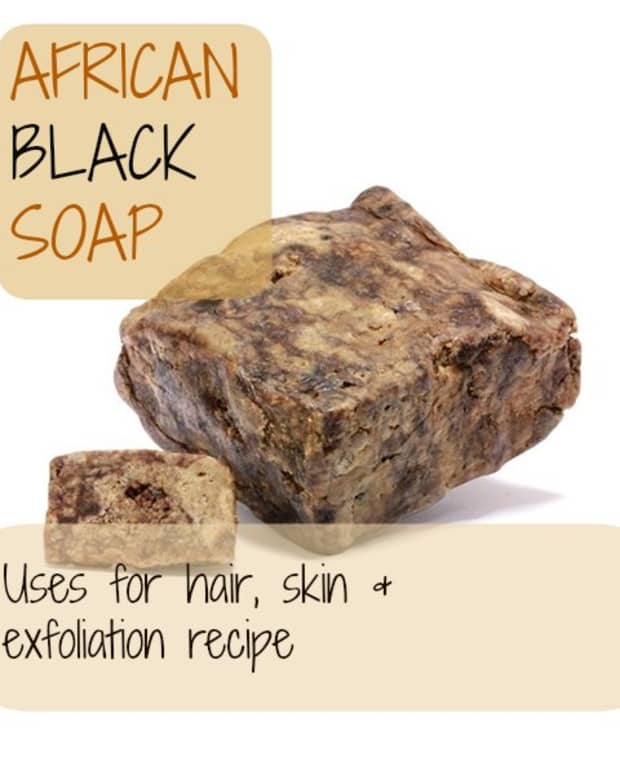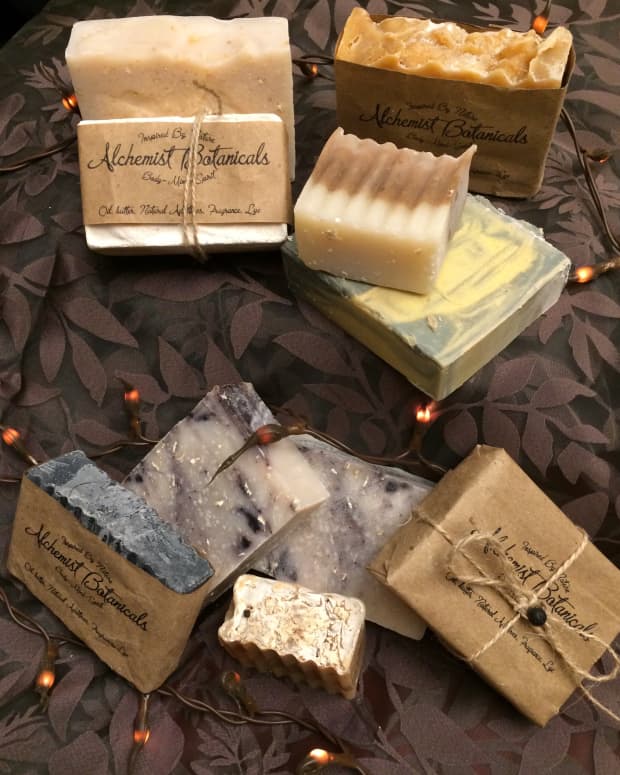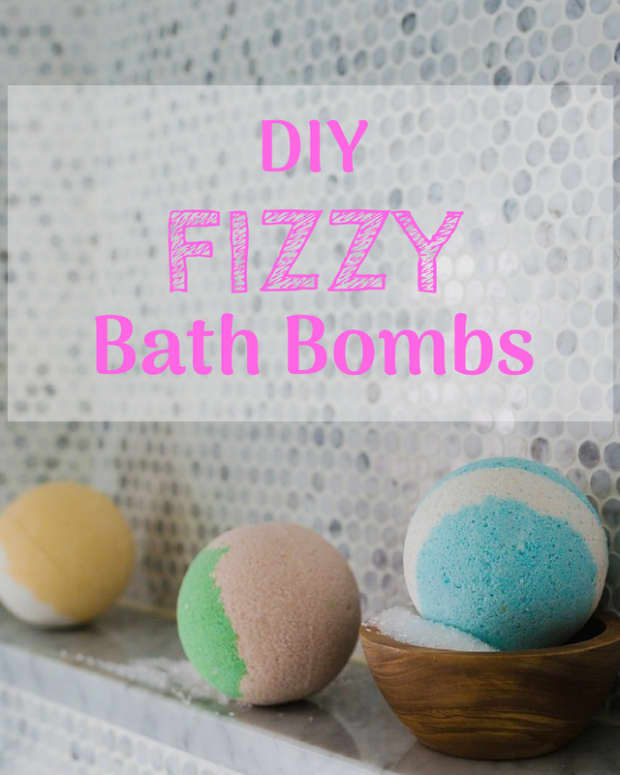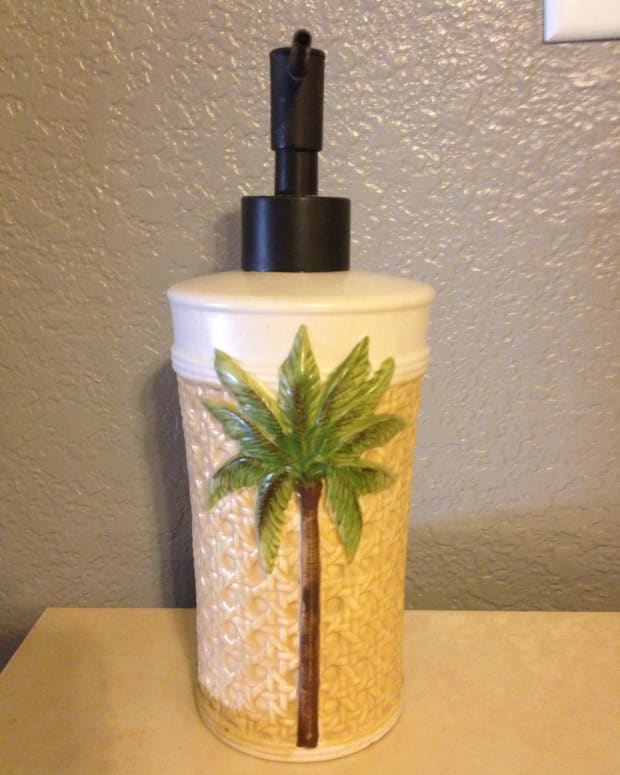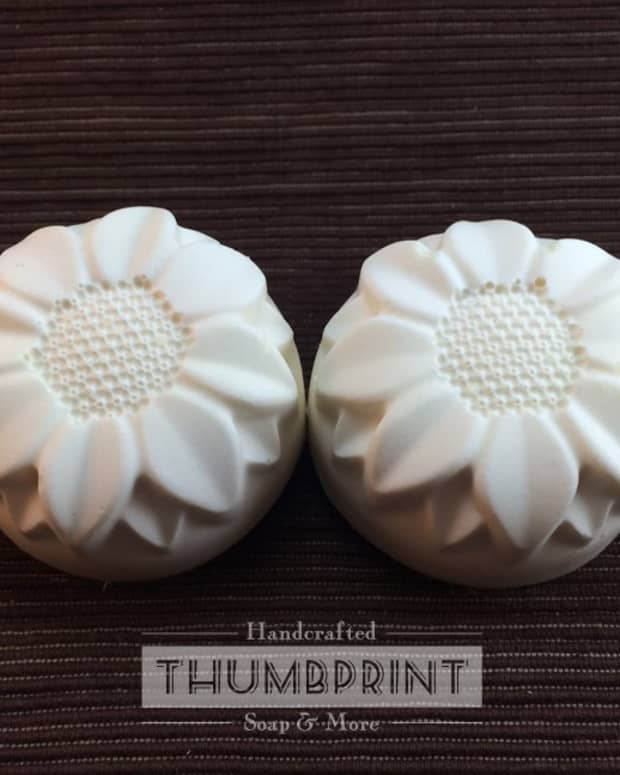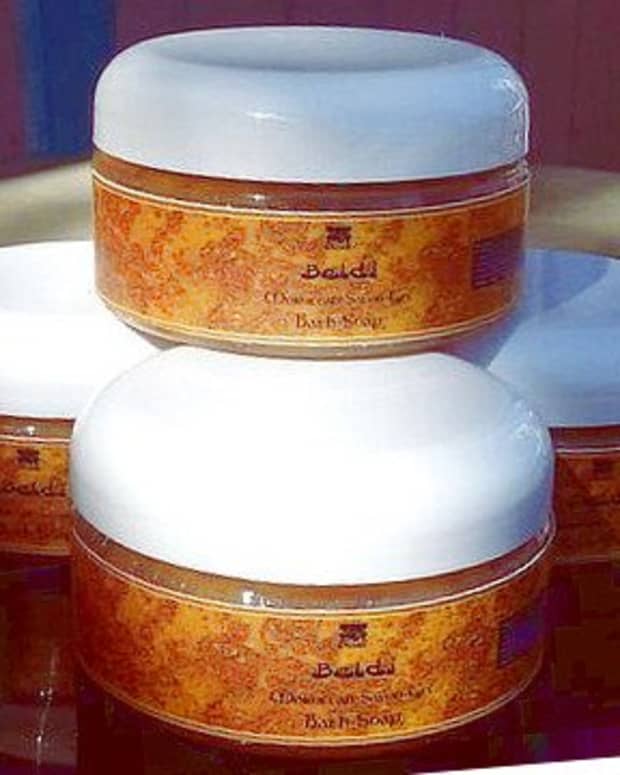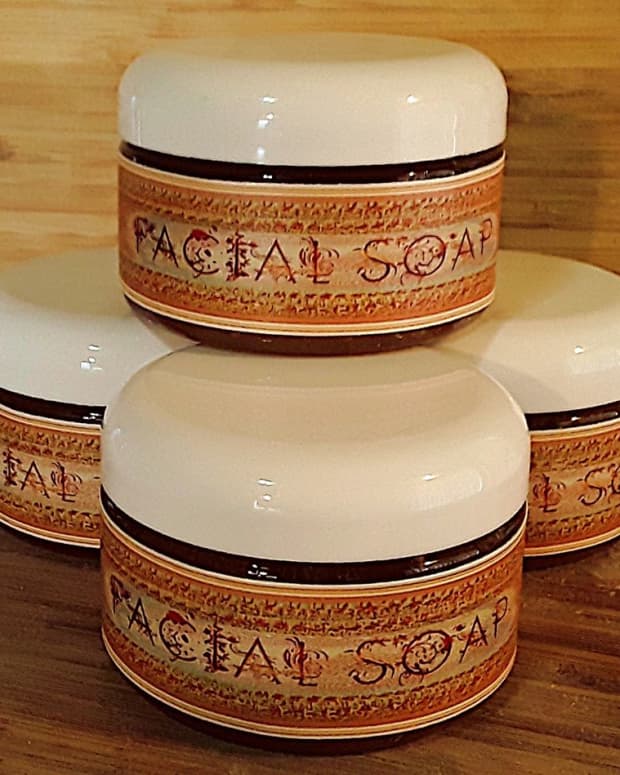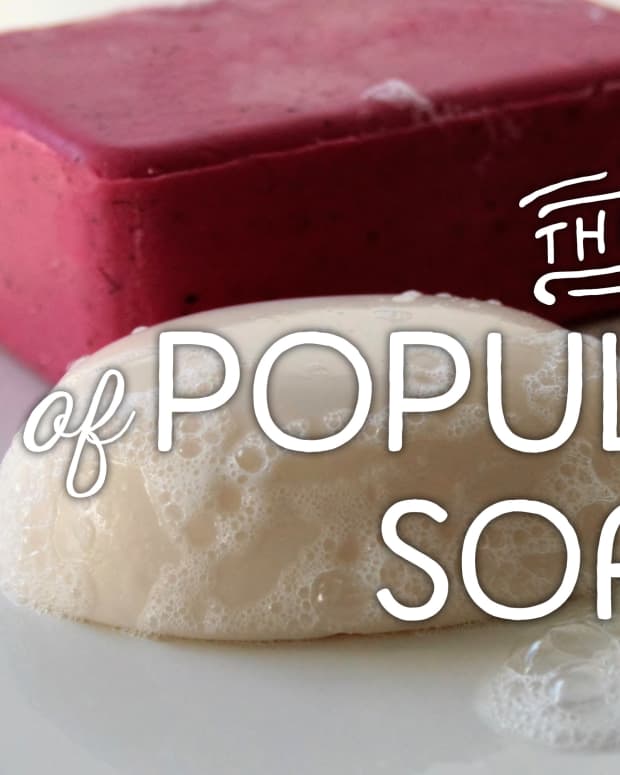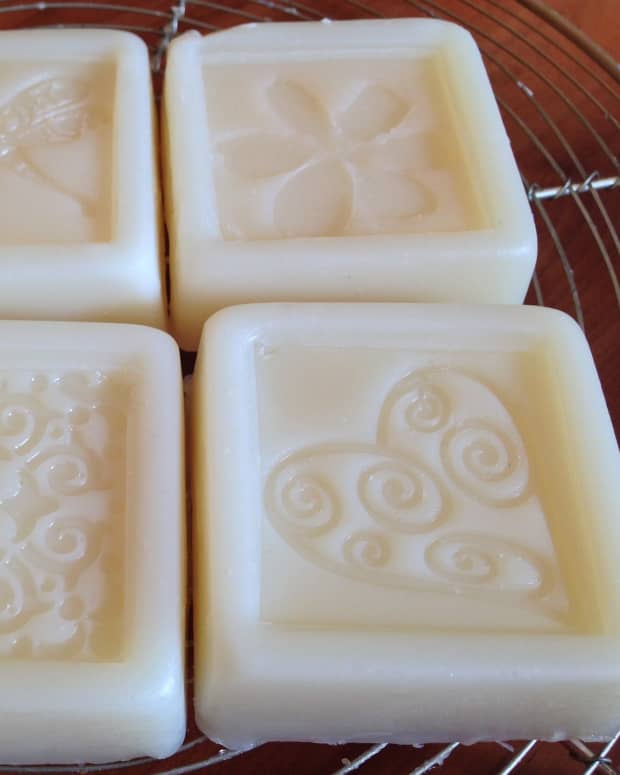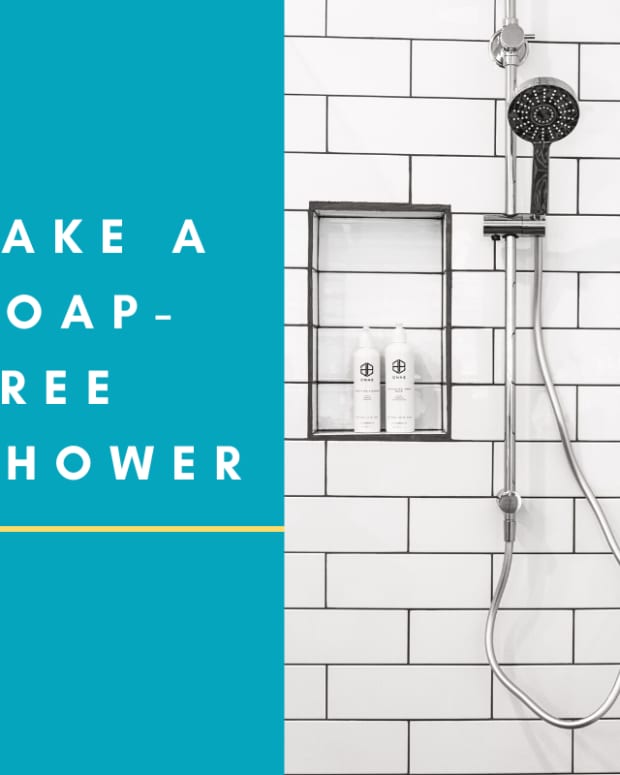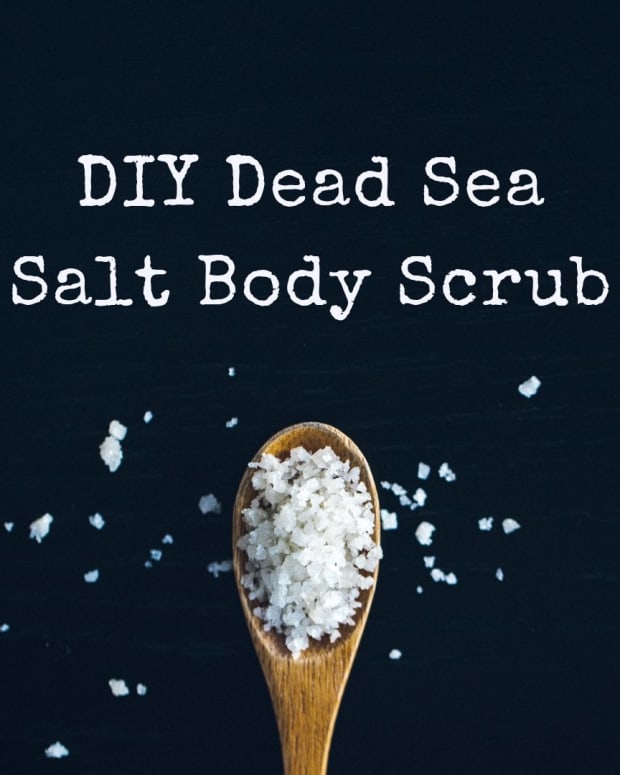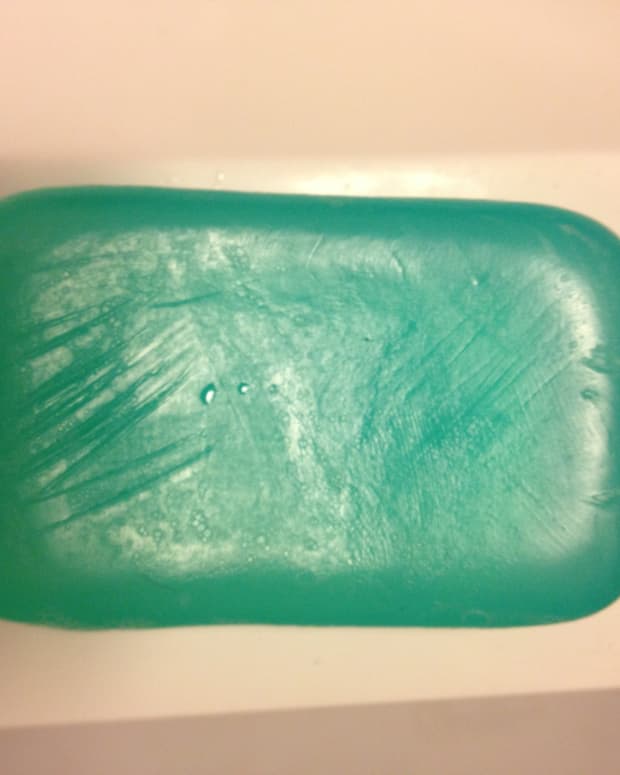Homemade Pumpkin Spice Soap in the Crockpot
Victoria is a stay-at-home mom, author, and blogger. She loves sharing her experience making natural bath and body products.
I couldn't resist trying out this recipe. I don't think it's possible to have a bigger fan of the fall season on the face of the Earth than me. I decorate with leaves and pinecones all year round, my favorite scents are cinnamon, nutmeg, and cloves, and I love anything fall related, any time of the year.
We were getting low on soap in the house, especially as I use it for making all of my various soap products, and I couldn't make just regular soap at the end of August. This is going to be the soap that flavors every shower and every soap experience for the next handful of months. I've never tried using herbs and seasonings in my soaps before. However, with a little research into the proper way to incorporate them, by the way, there really isn't one, I was ready!
I knew that I wanted to use pumpkin spice for this batch, and I would have preferred to color the whole bar of soap a little darker, but I am very happy with how it turned out. I even thought to use coconut sugar over the top of the bar at the last second. Not only do they smell delicious, and I can't wait to use the very first bar this morning, but I had to stop my toddler from eating one several times last night. That tells you how amazing they smell. He thought they were cookies.
If you're ready to get this fall season started off on the right foot, why not make some soap and bathe yourself in it for the next few months. Have I told you how amazing this soap smells?! I plan on making a few more scents, because why not? Chocolate, pumpkin, cinnamon, apple pie, and coconut are definitely in my future. Let me show you how I did it!
Cook Time
| Prep time | Cook time | Ready in | Yields |
|---|---|---|---|
20 min | 45 min | 1 hour 5 min | 10-12 bars of soap |
Ingredients
- 33 ounces coconut oil
- 12.54 ounces water
- 4.83 ounces lye
- 4 teaspoons pumpkin spice
- Pinch coconut sugar
Instructions
- Start by measuring out all of your ingredients. You are going to need a food scale measuring ounces, an immersion blender, and a crockpot for this recipe. You'll also want to put the water in a big bowl.
- Pour your coconut oil into your crockpot, cover it, and turn the heat to low to let your coconut oil melt. If you can't wait, melt it in the microwave or on the stove first.
- Once your coconut oil is going, take your lye and water outside. A couple of cautions here: Lye is caustic and can burn your skin. Be careful not to touch it with your bare hands. And when you mix it, there will be fumes that you do not want to breathe in or get in your eyes. It's best to wear kitchen gloves and goggles when mixing this stuff up. Finally, you'll be leaving it outside for 10 minutes to cool, so you'll want a safe place to leave it where kids and pets cannot get it. I did ours on the front porch.
- Carefully pour the lye into the water, standing as far back as possible and averting your face. Stir a few times to mix it in and then leave it to cool for 10 minutes.
- This is when I when in and mixed up the coconut oil in my crockpot to get it to melt faster, and pulled out my desired spices. I have a homemade pumpkin spice mix that you can find with all of my other recipes.
- After 10 minutes go out and get your lye mixture. Now you're going to carefully pour the lye mixture into the melted coconut oil in the crockpot, being careful not to splash. All of the dishes you used that touched the lye need to go together in the sink to be cleaned with vinegar later.
- Using your immersion blender, carefully blend up your mixture for about 5 minutes until it turns into a pudding-like consistency. This is called the trace phase.
- This is the time to mix in your spices if you want them throughout your bar of soap. I sprinkled about 2-3 teaspoons of pumpkin spice right over my soap and then mixed it in with the immersion blender.
- Now put the top on your crockpot and let it cook for about an hour. During this time the soap will boil over the outside and fold back in like waves. If the waves get too high that they threaten to boil over, just stir it really quick and they'll go back down.
- While your soap is cooking, line a loaf pan with parchment paper ready for your soap.
- The end product you're looking for is a semi-transparent, waxy look without any creaminess left. When it gets there, it's time to spoon it into your prepared loaf pan.
- Once you've got it all spooned in, dust the top of your soap, if you'd like, with even more spices. I also added a pinch of coconut sugar over the top. Smooth it in gently with you spoon or spatula and then let it cool for about 4 hours.
- You want to cut it as soon as it cools when it is still semi-soft and easy to cut. If you leave it overnight, you'll have a heck of a time cutting into it. And the parchment paper makes it easy to pull out of your loaf pan.
- I would then leave it to dry overnight, although you can use the first bar right away if you'd like. Store them spread out on a towel for the next few weeks or so in order to fully dry out. The longer they sit, the more moisturizing they will become. They should last you indefinitely if stored in a cool dry place.























Making soap really isn't that hard. I know it sounds intimidating, especially with all of the warnings about lye. However, once you've done it at least once, you'll be a pro at it. I don't have to tell you the benefits of using your own homemade soap versus using the store-bought stuff. I'm sure you already know or can figure it out.
Even the commercial organic products with minimal ingredients still have some risky fillers in them. They have to be able to package them in a factory, ship them long distances, and ensure that they arrive in pristine condition, only to sit on the shelf, or in a warehouse, for long periods of time before you take it home. But you can avoid all of that unnecessary tax on your body, and save money by simply making your own at home.
And just like you see in this recipe, you can customize your bars of soap exactly to your liking. I'm currently learning how to integrate fresh and dried herbs into my soap, and even use natural dyes (like fruits and veggies) to make them different colors and fragrances. You can make them seasonal, or simply your favorite colors and aromas, all without having to worry about what is available on the store shelves, how expensive they may be, or even what they have hiding in the ingredient list.
I can't possibly recommend making your own bath products more. I obviously consider the safety of my kids and other family members when making them, and boy does it take a load off of our monthly budget, but I also really enjoy making them and knowing that I'm providing a quality product to those that I love. What more can you ask for in your bath products? Health, safety, saving money, and mental and emotional well-being.
This content is accurate and true to the best of the author’s knowledge and is not meant to substitute for formal and individualized advice from a qualified professional.
© 2018 Victoria Van Ness
Comments
Victoria Van Ness (author) from Fountain, CO on September 05, 2018:
So I just searched Google Shauna and this is what I found...
"Dove. It is true that the words "lye" or "sodium hydroxide" do not appear on the Dove ingredient label. But, the first ingredients listed were sodium tallowate, sodium cocoate, and sodium palm kernelate. ... Yes, Dove is made with lye!"
"Neutrogena contains Coconut Oil, Palm Oil, Safflower Oil, Glycerin (kosher, of vegetable origin), Purified Water, Sodium Hydroxide (saponifying agent), Sorbitol (moisturizer), Sorbitan oleate (emulsifier), Soy bean protein (conditioner)" -Sodium Hydroxide is a fancy way of saying lye, and Glycerin in lye with tallow mixed in.
Read More From Bellatory
Many people that make their own soaps avoid handling lye by purchasing premixed soap melts from the internet. But all of these simply already have the lye mixed in. That's probably what your friend uses, but maybe not. There's nothing dangerous about lye as long as it all converts over during the saponification process. Lye is what makes soap. You simply cannot make even castile soap without lye.
Amazon list potassium hydroxide and glycerin as ingredients in castile soap. But they make it a point to say that after the saponification process, there is no longer any potassium hydroxide, because the lye has converted to soap and is no longer dangerous.
I hope this helps. There's absolutely nothing to worry about with lye, and I make sure to take the necessary precautions to stay safe and insure that all of the lye has converted before using it. :)
Victoria Van Ness (author) from Fountain, CO on September 05, 2018:
So I just searched Google Shauna and this is what I found...
"Dove. It is true that the words "lye" or "sodium hydroxide" do not appear on the Dove ingredient label. But, the first ingredients listed were sodium tallowate, sodium cocoate, and sodium palm kernelate. ... Yes, Dove is made with lye!"
"Neutrogena contains Coconut Oil, Palm Oil, Safflower Oil, Glycerin (kosher, of vegetable origin), Purified Water, Sodium Hydroxide (saponifying agent), Sorbitol (moisturizer), Sorbitan oleate (emulsifier), Soy bean protein (conditioner)" -Sodium Hydroxide is a fancy way of saying lye, and Glycerin in lye with tallow mixed in.
Many people that make their own soaps avoid handling lye by purchasing premixed soap melts from the internet. But all of these simply already have the lye mixed in. That's probably what your friend uses, but maybe not. There's nothing dangerous about lye as long as it all converts over during the saponification process. Lye is what makes soap. You simply cannot make even castile soap without lye.
Amazon list potassium hydroxide and glycerin as ingredients in castile soap. But they make it a point to say that after the saponification process, there is no longer any potassium hydroxide, because the lye has converted to soap and is no longer dangerous.
I hope this helps. There's absolutely nothing to worry about with lye, and I make sure to take the necessary precautions to stay safe and insure that all of the lye has converted before using it. :)
Shauna L Bowling from Central Florida on September 05, 2018:
Victoria, I use Dove bar soap. It does not contain lye, nor does Neutrogena. Additionally, I have a co-worker who makes natural, organic, vegan beauty products (my parents and I use her body butters), including soap. She does not put lye in her soaps. She adds a small amount of castile to her blends or glycerin.
Not all soap is made from lye. Certainly not any I'd put on my skin!
Victoria Van Ness (author) from Fountain, CO on September 04, 2018:
lol Lye is what soap is made from. Lye comes with its fair share of warnings and with good reason, but that doesn’t mean that the finished soap product is in any way dangerous.
Soap by definition is an alkali mixed with fats. When combined, a process called saponification happens, creating soap. This not only allows the liquid and oils to mix, but also creates the action by which soap has its cleansing properties.
In other words, without Lye, you just have a bucket of chunky, fatty oils floating in water. I hope this helps.
Shauna L Bowling from Central Florida on August 31, 2018:
Victoria, it's my understanding that lye is a caustic substance. Why would you want to put that on your skin?

